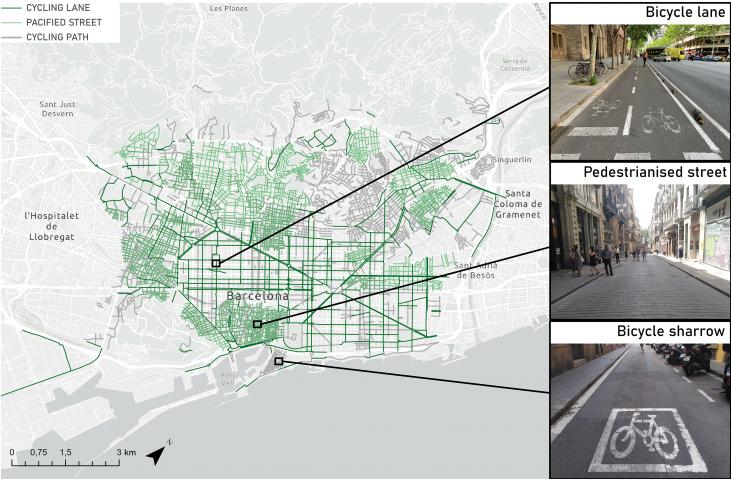Electromobility is the future main system for Swedish road transport that encourage sustainable urban transportation. However, emission impacts of applying electric vehicles (EVs) are currently controversial. This study evaluates and compares internal combustion engine vehicles (ICEVs) refer to both petrol and diesel-based engines and BEVs, focusing on environmental and energy impacts.
Green technologies (e.g., green preservation, processing, extraction, and analysis) and Industry 4.0 (e.g., artificial intelligence, big data, smart sensors, robotics, blockchain, and the Internet of Things) technologies rapidly becoming a valuable part of meeting the Sustainable Development Goals (SDGs)over the past decade. These technologies demonstrate high potential to foster ecological and digital transitions of food systems, delivering societal, economic, and environmental outcomes. While a range of green technologies has already provided innovative solutions for major food system transformations, the application of digital and other Industry 4.0 technological innovations is yet to be adopted to harness their full potential to achieve a healthier, smart, more sustainable, and more resilient food future.
The study concludes that power outages disproportionately impact urbanized areas and highlights the intersectionality of health risks and urban resilience, pertinent to both Sustainable Development Goal 3 (Good Health and Well-being) and SDG 11 (Sustainable Cities and Communities).
Using Health personal protective equipment (PPE) such as face masks, safety foot shoes and protective suits has expanded dramatically due to COVID-19 pandemic leading to a widespread distribution of t
This paper identifies the socioeconomic and ecological factors that can stimulate the implementation of Nature Based Solutions in developing economies
This study attempts to investigate the suitability of the Wabe river water for Agricultural and Industrial purpose.
This chapter advances the UN SDG goals 11, 12, and 13 by offering two alternate approaches to Western planning—city making informed by biophilic systems and First Nations values—through Australian case studies that have similar systems of thought, aspirations, and values. The challenge is for use to adapt (or retrofit) our cities to redress climate change and our consumption values toward crafting robust, resilient, respectful and sustainable places.
This chapter aligns with SDG Goal 11: Sustainable cities and communities by discussing how smart technologies have the potential to make cities safer and more inclusive for women and gender-diverse people.

This Study supports SDG 5 and SDG 11 by discussing innovations in micro-mobility and their unequal impacts by gender.
In support of SDG 5 and 11, this Study discusses which transport infrastructure innovations are required to support gender-equitable cycling, especially in developing countries.

